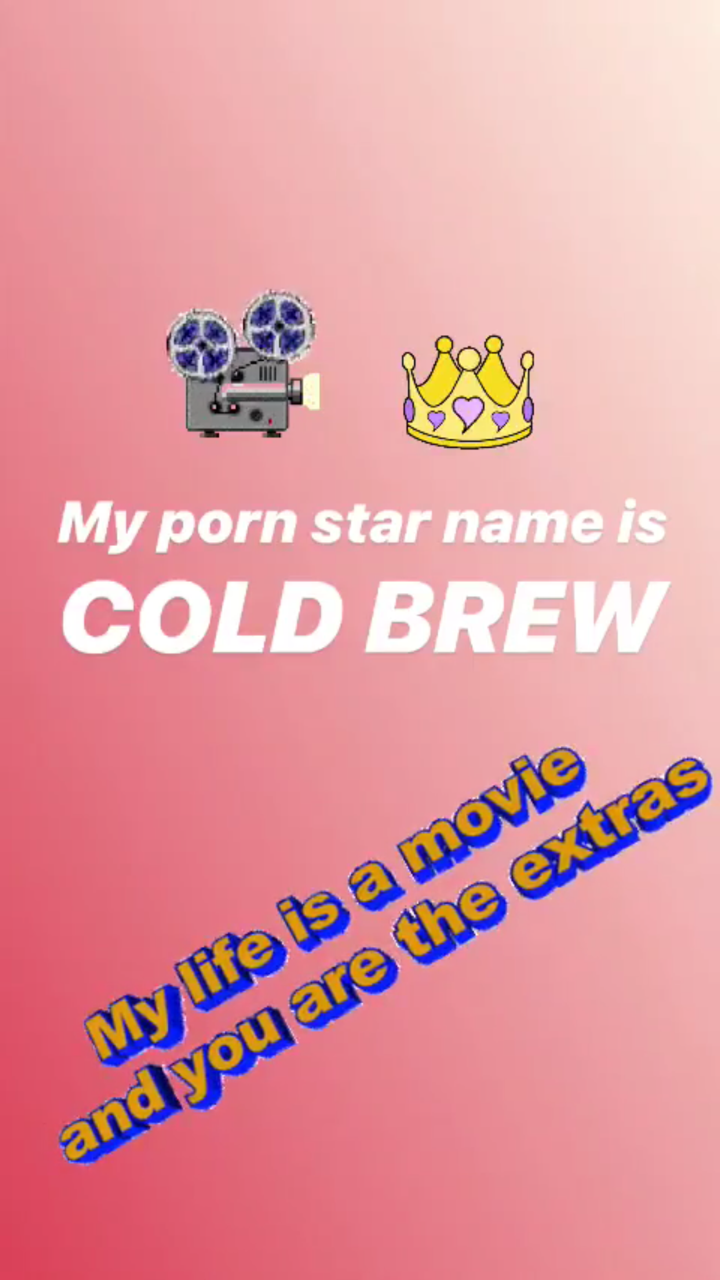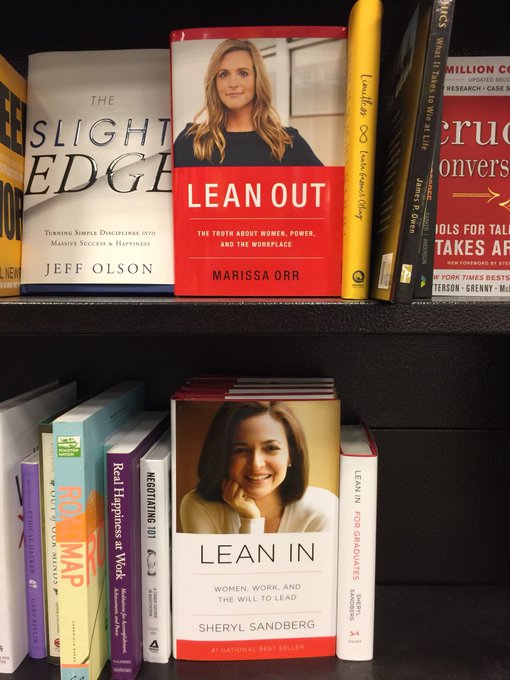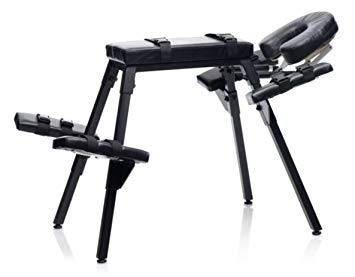Ms. Shiv
The most interesting woman character on TV right now is Siobhan Roy on “Succession.” Aptly nicknamed Shiv, she is an uber-predator among a family of predators, quick to slice any challenger who presents himself before her. She has a 3AM face — hooded eyes and puffy cheeks — that reveals little in the way of emotion. Her core desire is to climb the ladder, regardless of whose face she has to step on to do it. Her husband, Tom Wambsgans, is pathetically Midwestern and knows it, his best hope riding his wife’s coattails to some upper-echelon that will transform him into something other than her pee-on. What will Shiv do next? Let’s hope she doesn’t have a crisis of conscience. It’s good to see a woman be so quick with her shiv.
Buy my digital short story, “The Tumor” … “a masterpiece of short fiction.”















